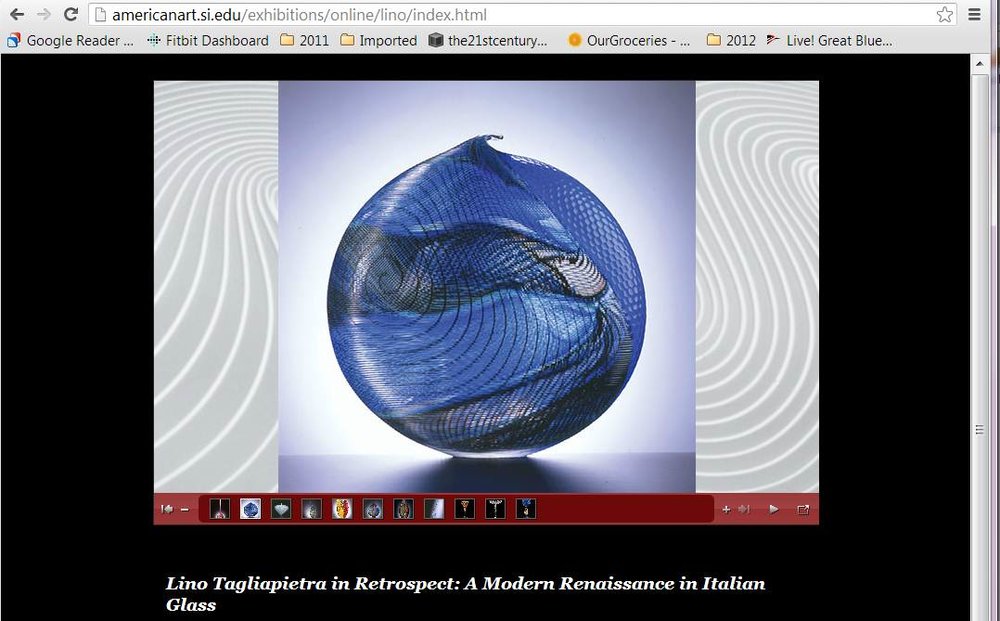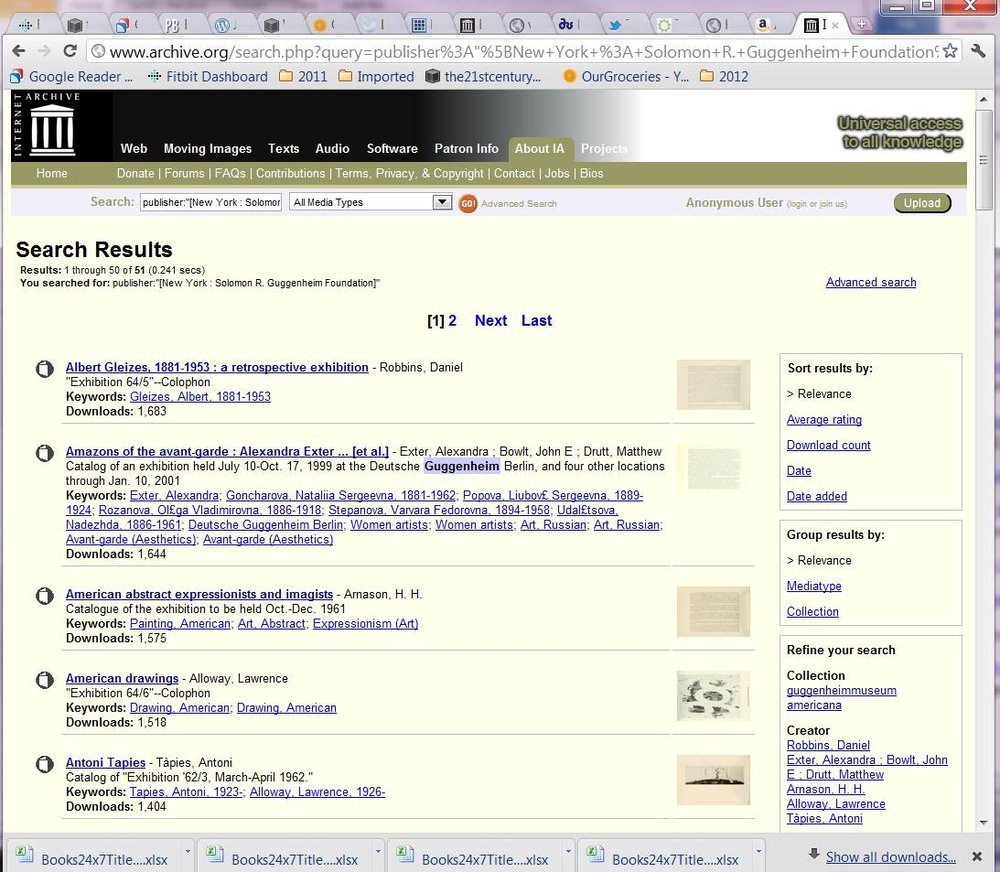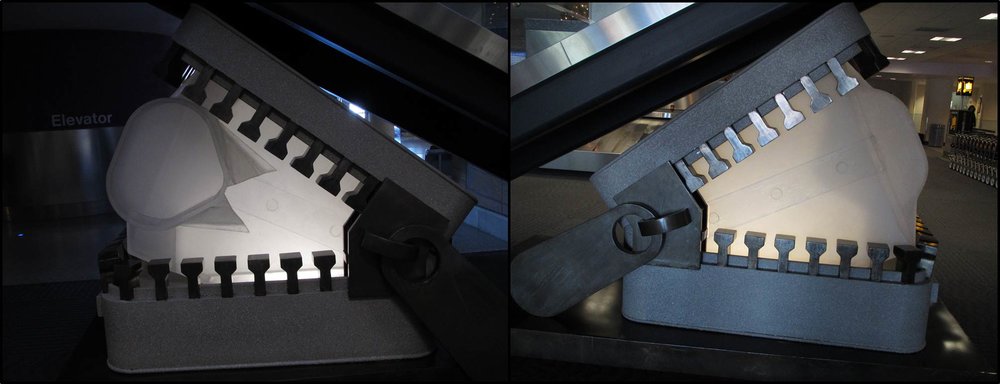Botanical prints have been popular since the beginning of books. They were intended to be educational and often show dissections of flowers or seed pods. They are often beautiful works of art as well.
Many of these old books have been scanned and are accessible via the Internet. I’ve created a time ordered sequence below and pointed to where you can find the whole book of similar prints.
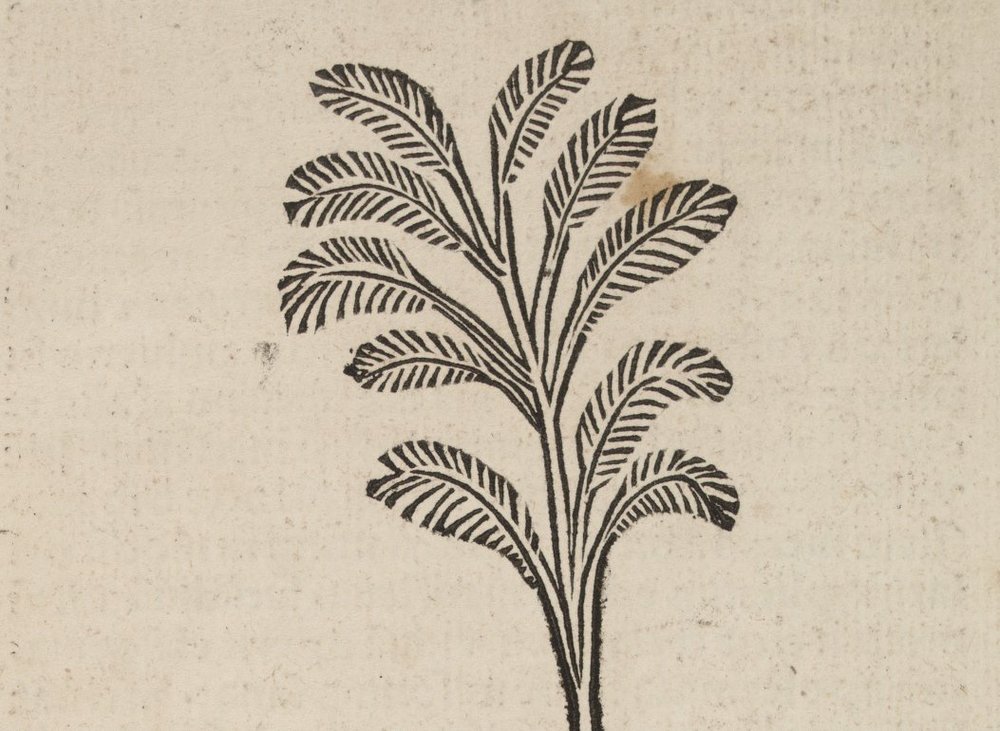
Published in 1484, Peter Schoeffer’s Herbarius latinus contains simple drawings like on the right. The drawings clearly could not be used by themselves to identify a plant. This book was created not that long after the printing press became more widely used (i.e. the Gutenberg Bible was made in the 1450s).

In 1487, Hamsen Schonsperger published Gart der Gesundheit. An example showing an Iris is on the left; the color is rather primitive. The images are embedded with the text rather than being on separate pages.
 Hieronymus Brunschwig’s Das Distilierbuoch came in 1521. It has some plain drawings and some colored. The plain drawings show more detail than earlier drawings although some parts seem stylized rather than reflecting of reality as shown in the grape vine representation on the right. This book also include manufacturing type diagrams...it is a 'how to' book.
Hieronymus Brunschwig’s Das Distilierbuoch came in 1521. It has some plain drawings and some colored. The plain drawings show more detail than earlier drawings although some parts seem stylized rather than reflecting of reality as shown in the grape vine representation on the right. This book also include manufacturing type diagrams...it is a 'how to' book.

In 1546, Kreüter Buch, darin Underscheid, Würckung und Namen der Kreüter so in Deutschen Landen wachsen by Hieronymus Bock was published. The strawberries are easily recognizable. The color is a little better than in the 1400s example.
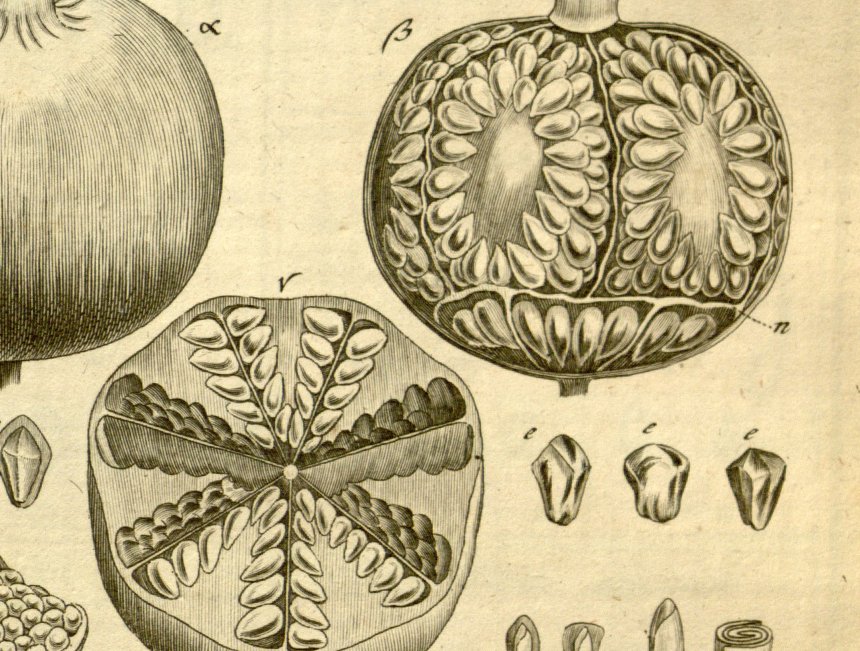
Skipping ahead to 1788 when Joseph Gaertner published De frvctibvs et seminibvs plantarvm the attention to detail had increased even more.

In 1805, William Hooker published 2 volumes of The paradisus londinensis:or coloured figures of plants cultivated in the vicinity of the metropolis with color representations. While these volumes were focused on plants near London - the 1800s were a time of plant exploration around the globe and the botanical prints of the era made those discoveries more widely known with their realistic portrayals.

In 1818, William Jackson Hooker published 2 volumes of Musci exotici - with renditions of mosses.
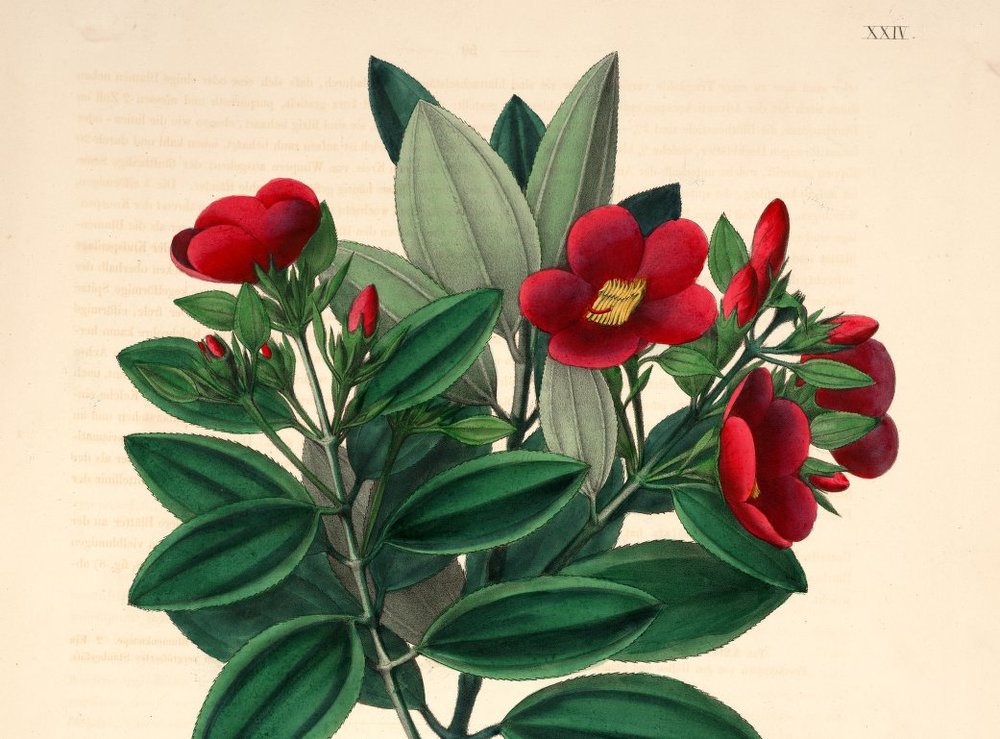
The 2 volume Florae Columbiae by Hermann Karsten was published in 1869.

Medizinal Pflanzen was published in 4 volumes in 1887. I picked the dandelion print for the example from this book (on the right). Note the way the illustrator sought to fit as much as possible about the plant onto a single page.

In 1904, Kunstformen der Natur was published by Ernst Heinrich Philipp August Haeckel. This book has a wide range of prints, not just botanical. The one of pitcher plant is shown at the left.
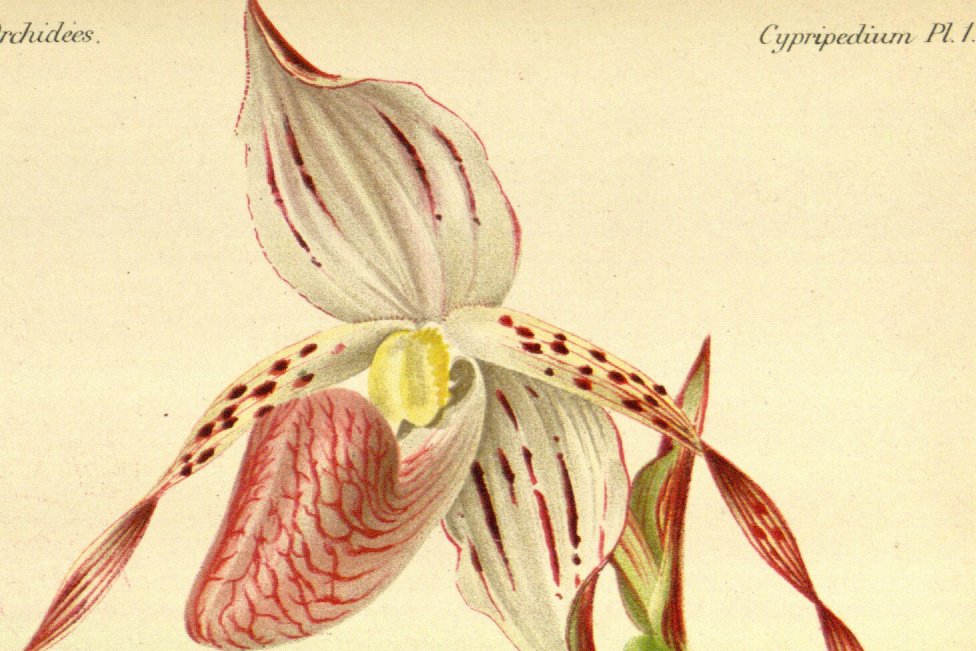
In 1907, Alfred Cogniaux published the many volumes of Dictionnaire iconographique des orchidees. The prints are lovely and grouped by the classification of orchids at the time. My favorite orchids are the slipper-like ones.
This is just a small sample of what is available. The two main repositories that I’ve used are Botanicus and the Biodiversity Heritage Library. Both have many more volumes of botanical prints than I've shown here and I encourage you to browse through them. Both repositories have a similar online viewing design. The frame along the left side of the book browsing window generally shows which pages have an illustration (marked 'illustration' or 'plate' or 'tab', for example) so it is possible to skip to the pages that include prints.
Enjoy!
